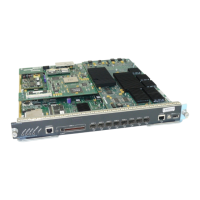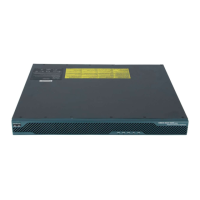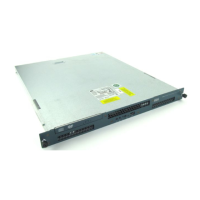Chapter 3 Deploying and Updating Cisco IP Communicator
Deploying the Application
3-4
Cisco IP Communicator Administration Guide for Cisco CallManager
OL-4698-01
Related Topics
• Using a Software Deployment Tool, page 3-4
• Using the Installer on the Client PC, page 3-5
• Updating the Application, page 3-7
Using a Software Deployment Tool
You can use a software deployment tool to distribute Cisco IP Communicator to
client PCs. In fact, you must use this deployment method if users do not have
administrative privileges on their computers (and if you want to avoid installing
the application manually on each client PC). A software deployment tool can
temporarily elevate user privileges on the client PC for installation purposes.
Software deployment tools include group policy-based tools such as Active
Directory, or more advanced tools, such as the System Management Server (SMS)
software from Microsoft.
Using a software distribution tool that can pass a command line to a system allows
you to take advantage of the Windows Installer package and customize values
such as the device name and TFTP server address(es) at the time of deployment.
Using command line options to specify these values at deployment means that
users do not have to configure these settings after installation. This greatly
simplifies the post-installation process for users. See the “Customizing
Deployment with Command Line Options” section on page 3-5 for information
about using command lines.
Note Cisco IP Communicator does not support the “advertising” or “publishing”
deployment whereby a user installs the application by opening an icon that the
administrator has placed on the user’s desktop.
Related Topics
• Deploying to a Shared Location, page 3-3
• Using the Installer on the Client PC, page 3-5
• Updating the Application, page 3-7
